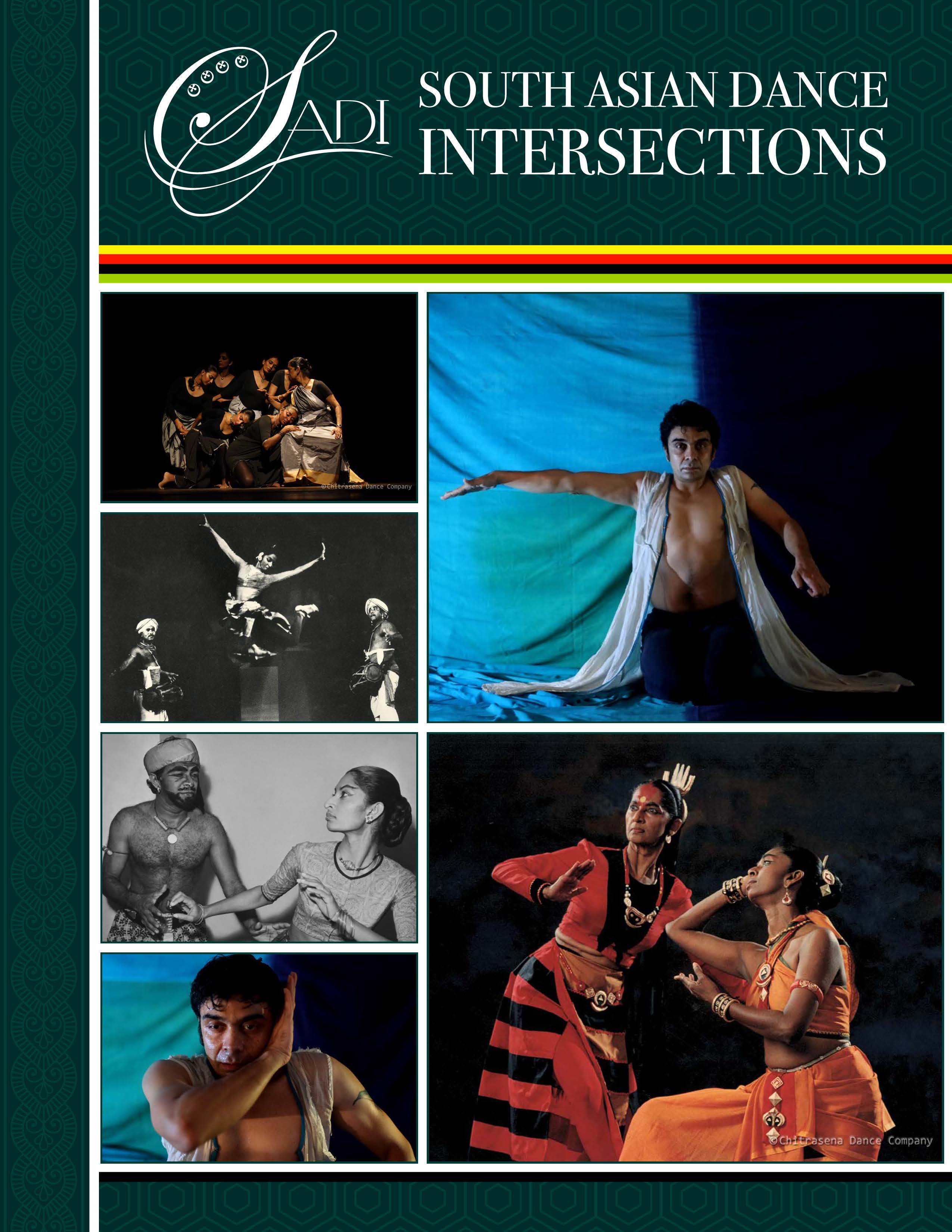The “Wicked Problem” of Locating and Safeguarding Dance in Bangladesh
DOI:
https://doi.org/10.55370/sadi.v1i1.1471Abstract
The history of dances in Bangladesh reads almost like a history of the belief systems crisscrossing this deltaic plain, entrenched as these dances are within indigenous myths and philosophies. However, in the recent past, regional and global dance traditions have superseded indigenous dances by nearly erasing them from within mainstream, specifically urban, practice. Even a cursory interrogation confirms that the historical hierarchization of dance in Southasia1 has spurred this divide between the evaluation of present-day manifestations of dance within local cultural expressions and, on the other hand, the dominant genres of classical and contemporary artistic representations of dance. This highbrow, selective notion of dance from beyond the borders has led to a gradual decline and devaluation of traditional dance, especially within the non-subaltern social classes, resulting in its “invisibility” in those circles. Therein lies the “wickedness” of the problem. Borrowing from theoretical notions in the social sciences, a “wicked problem” is a puzzle. Furthermore, adverse sociopolitical circumstances of the indigenous heritageholding communities contribute to the endangerment and diminishment of their dances. At this juncture, a combination of research and practical action is the need of the hour (Nielsen). Action research, or ethnographic activism, can be a form of ethical praxis that can overcome historical bias and safeguard these dances.


